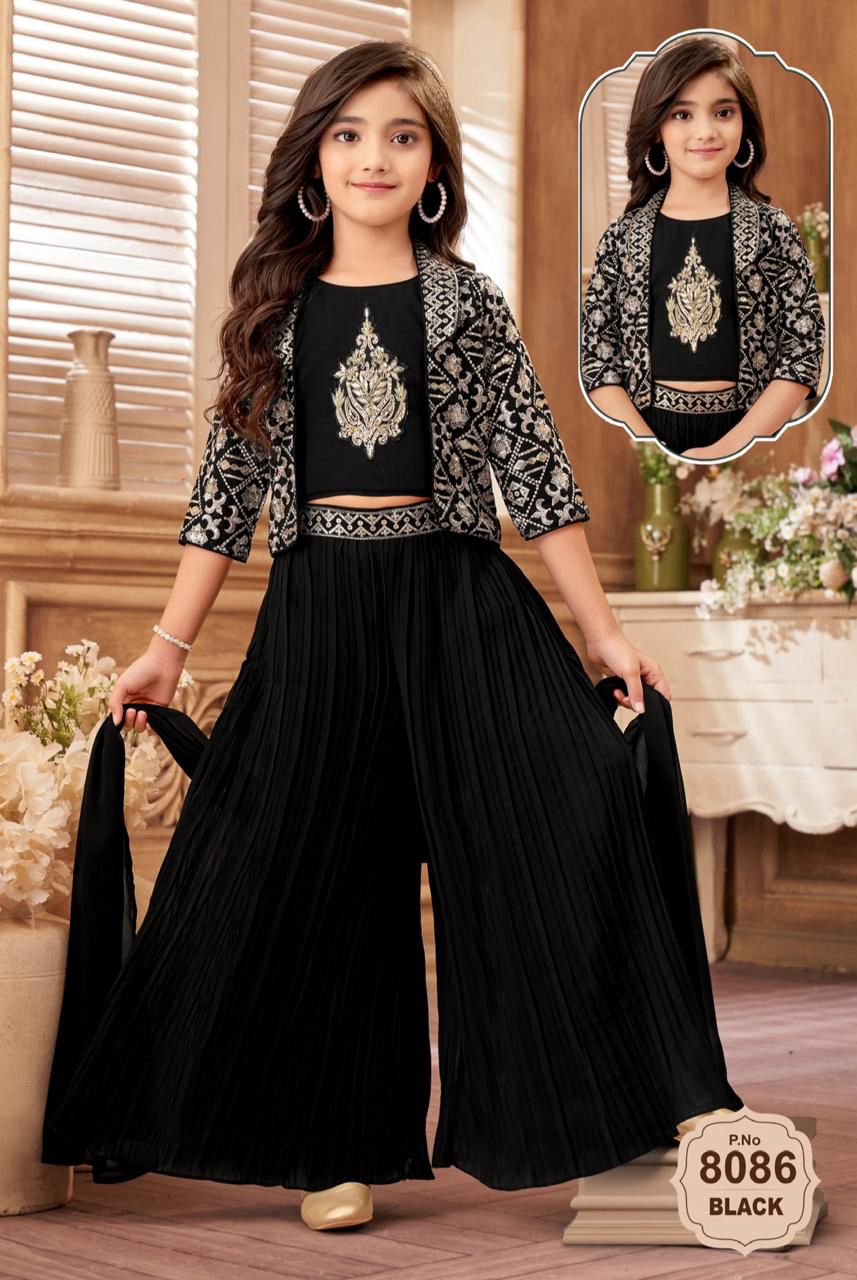In the vibrant city of Jaipur, where culture and tradition are woven into the very fabric of life, lives a young woman named Aditi. Like many Indian women, Aditi loves to dress up for every occasion, but she faces the same dilemma repeatedly — how to blend her love for traditional wear with the practicality and comfort needed in her bustling urban life.
Aditi's wardrobe is a testament to her journey of finding herself. It’s filled with an array of dresses, sarees, and kurtas, each telling a story of its own. But there’s one piece of clothing that stands out — the Sharara. This elegant and timeless ensemble has become her go-to solution for every occasion, from family gatherings to professional events.
The Sharara, with its wide-legged pants and elaborate embroideries, is more than just a piece of clothing. It’s a symbol of tradition meeting modernity. For Aditi, it solves a major problem — finding an outfit that is not only comfortable and stylish but also holds cultural significance.
The challenge Aditi faces is not unique to her. Women across India grapple with the need to balance their cultural heritage with the demands of a modern lifestyle. In a world where fashion trends change at the drop of a hat, the Sharara stands as a testament to timeless elegance. It offers a practical solution to the emotional dilemma of staying connected to one's roots while embracing the present.
Take the story of Priya, another young professional from Mumbai. Priya works in a high-paced corporate environment where western formals are the norm. Yet, during festive seasons or cultural events at work, she often feels the pressure to reflect her Indian identity. The Sharara offers her a seamless transition from the boardroom to the banquet hall. Its flowing silhouette provides comfort, while its intricate designs speak volumes of her heritage.
The beauty of the Sharara lies in its versatility. It can be dressed up with heavy jewelry and accessories for a wedding or toned down with a simple dupatta and minimal makeup for a casual dinner. This adaptability is particularly appealing to women like Aditi and Priya, who are always on the go and need outfits that can match their dynamic lifestyles.
Moreover, the Sharara's practicality extends beyond just comfort and style. It is an outfit that celebrates the diverse craftsmanship of India. From the vibrant colors of Rajasthan to the intricate zari work of Banaras, each Sharara tells a story of its own. This connection to artisans and their craft is something that resonates deeply with women who, like Aditi, value authenticity and sustainability.
The solution that the Sharara offers is both emotional and practical. It allows women to express their individuality while staying rooted in tradition. It’s a bridge between the past and the present, a garment that respects history while embracing the future.
In conclusion, the Sharara isn't just a fashion trend — it's a movement. For women like Aditi and Priya, it represents a choice to honor their heritage while navigating the complexities of modern life. It solves their age-old wardrobe dilemmas, offering a perfect blend of elegance, comfort, and cultural pride.
So, the next time you find yourself standing in front of your closet, wondering how to strike that perfect balance, remember the Sharara. Let it be a reminder that you can be whoever you want to be, without losing sight of where you come from. Because in the world of fashion, there’s nothing more powerful than wearing your story with pride.
Visit Vyaparify Site:
https://id.vyaparify.com/city-heartLocation:
https://maps.app.goo.gl/edWvj9kJmA5ypiMU7 
